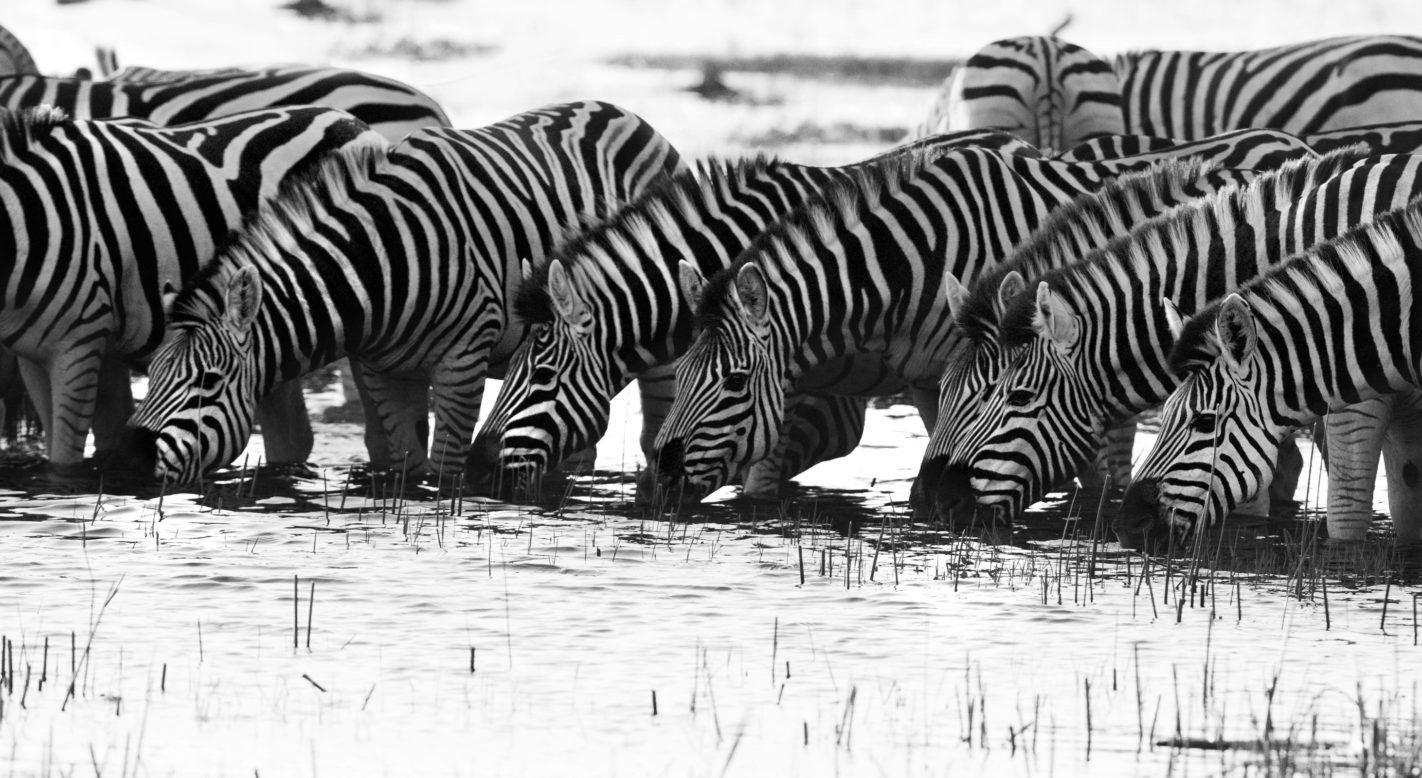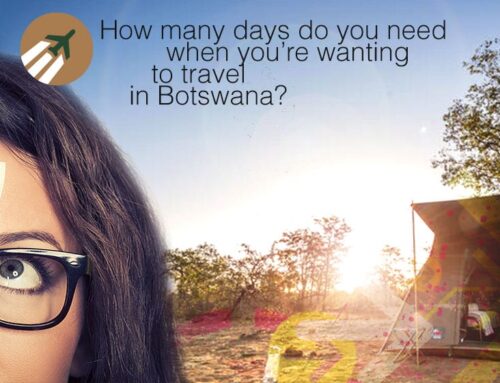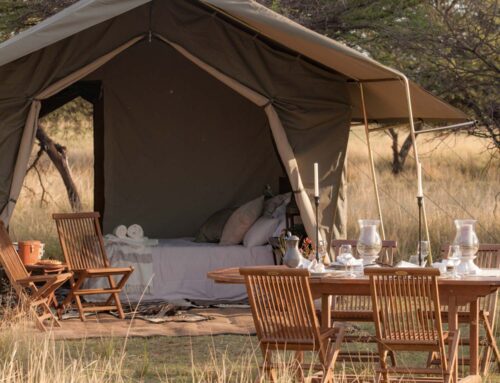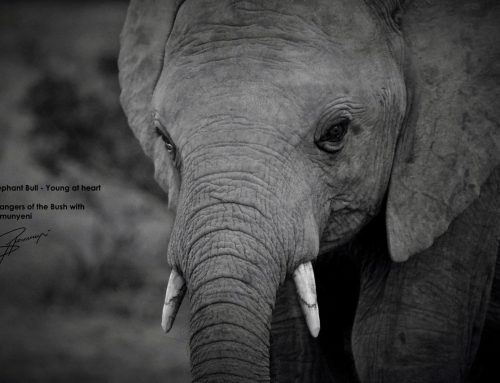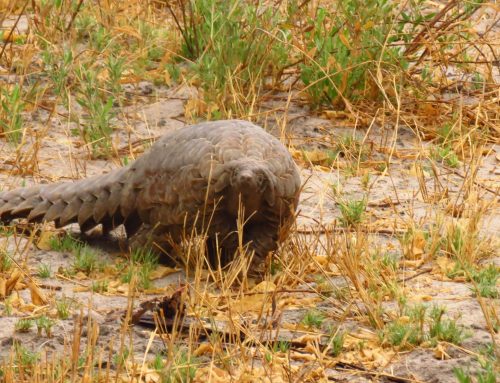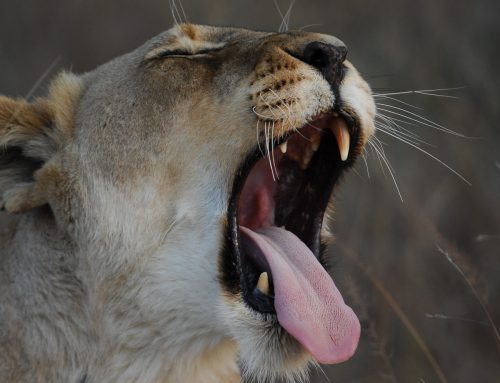Migration of Botswana’s National Animal
Interesting information you didn’t know you didn’t know.
Botswana’s zebra migration is an almost unknown, wild spectacle that occurs annually in the southern African country. It’s the longest known
single migration of animals that has ever been recorded in Southern Africa, and is an incredible sight to see first hand, as thousands of zebra kick up
plumes of dust as they move from one grazing area to the next.
The mass zebra migration of Botswana occurs twice a year. Large herds of zebra move first from north to south, then back from south to north. They
move with the seasons and the rainfall, always in search of fresh grazing land. They will cover huge tracts of land, walking over 500 km during the
course of the migrations. Up to 30,000 animals will be on the move at any one time. While it’s not Africa’s largest migration, it is the largest in southern
Africa.
It’s a truly unique spectacle, but a spectacle that has only recently been ‘discovered’. Botswana was once the site of some of Africa’s largest
migrations, larger even than the famous Serengeti migrations. But due to poor land management and farming policies, these migrations were largely
halted, as population numbers dwindled and fences broke up traditional routes.
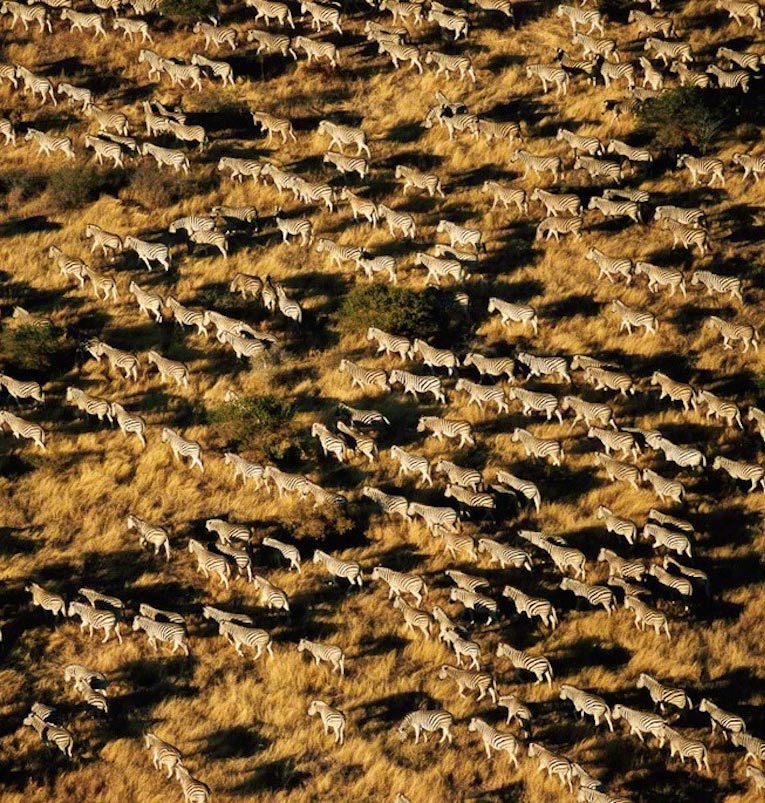
In the mid-2000s, researchers noticed that Botswana’s zebra were making peculiar movements to the North. They began to realise that the herds occupied certain areas of land at certain times of the year, and that they were covering incredible distances across the vast Kalahari Desert to do so.
The zebra were migrating again, and one of the longest animal migrations in the world had gone by largely unnoticed, potentially for years. Now, if you
visit the right areas of Botswana at the right time of year, you can experience this natural spectacle, in all its glory.
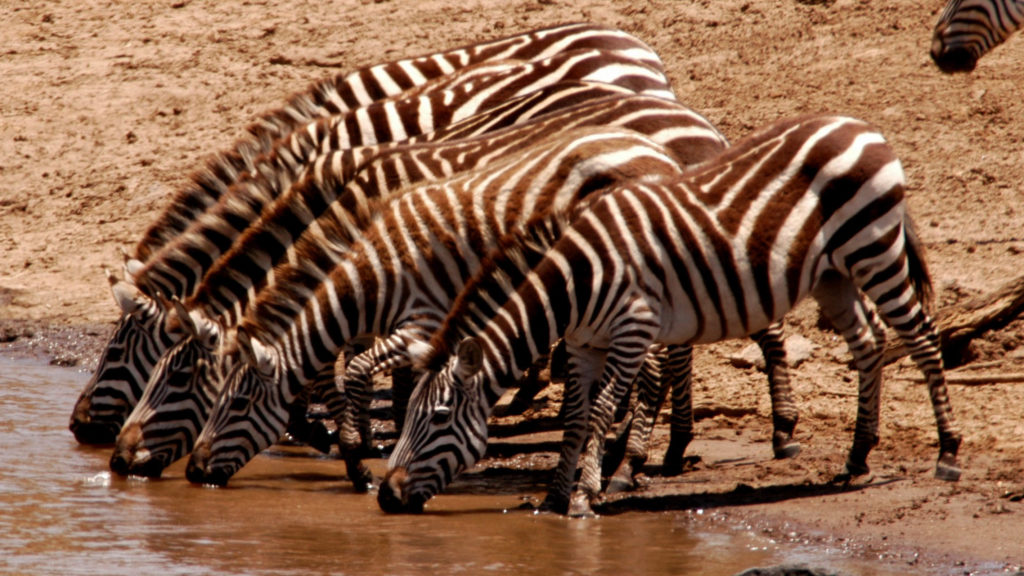
THE SEASONS OF BOTSWANA
Zebra migrate to find different grazing areas as the seasons change. Botswana experiences distinct wet and dry seasons which drives these migrations. Much of the
interior of the country is made up of the dry, barren, semiarid Kalahari Desert where life tends to thrive during the stormy wet season.
The north of Botswana however comprises of the more fertile deltas of the Okavango and Chobe rivers, where watering holes and rivers are still full
of water throughout the dry season and tend to draw in the wildlife numbers.
The dry season in Botswana typically runs from April to October, while the wet season occurs from November to March.
THE ROUTE OF BOTSWANA’S ZEBRA MIGRATION
Zebra will spend the long dry season in the wetlands in the north of Botswana, enjoying the plentiful water of the rivers. As the dry season comes to an end, the zebra will begin to move from the north to the south, following routes that have been taken by these animals for thousands of years.
They cross the plains of the Kalahari Desert, now wracked by thunderstorms, to find more grazing further south. They enter the vast Makgadikgadi Salt Pans, a place that in the dry season is devoid of life and water but is now teeming with life and vegetation.
It’s here that they spend the rest of the rainy season, before turning back to reach the northern deltas by the start of the next dry
season.
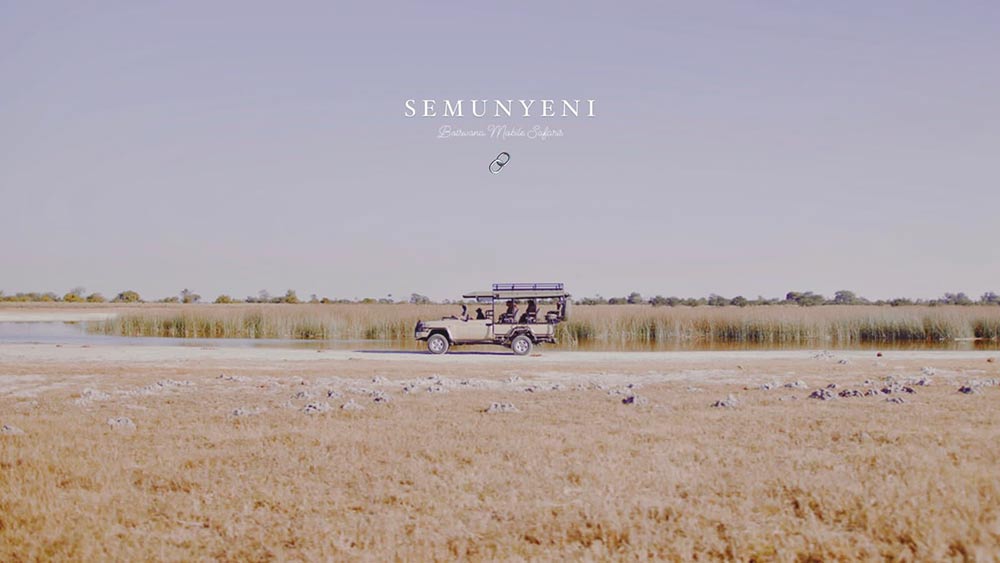
THE BEST TIME AND PLACE TO EXPERIENCE BOTSWANA’S ZEBRA MIGRATION
Botswana’s zebra migration can technically be experienced across the country. However, much of the route passes through remote, largely inhospitable land that’s difficult to travel through. Conveniently though, the migrations start and end in two of Botswana’s most spectacular national parks: Chobe National Park in the north, and Makgadikgadi Pans National Park deep in the interior to the south.
The majority of visitors to Botswana will go on safari during the dry season, generally from May to November, when there is little migration taking place. During this period, you can see the herds of zebra in Chobe National Park and in the Okavango Delta where there is plentiful water. But you won’t see the mass migration taking place.
The best time to see this natural spectacle of mass migration is actually during the off-season, when it rains, and when most tourists tend to stay away from Botswana.
Its not a question of if, but rather when will you come and experience one of Southern Africa’s most incredible and awe-inspiring natural phenomenons. A life changing experience that will leave you breathless and amazed by what nature has to offer and what better way than to join Semunyeni Botswana Mobile Safaris and our expert team for a once in a lifetime experience to explore all the natural wonders the wilds of Botswana has to offer. Contact us and join us on our next adventure.

